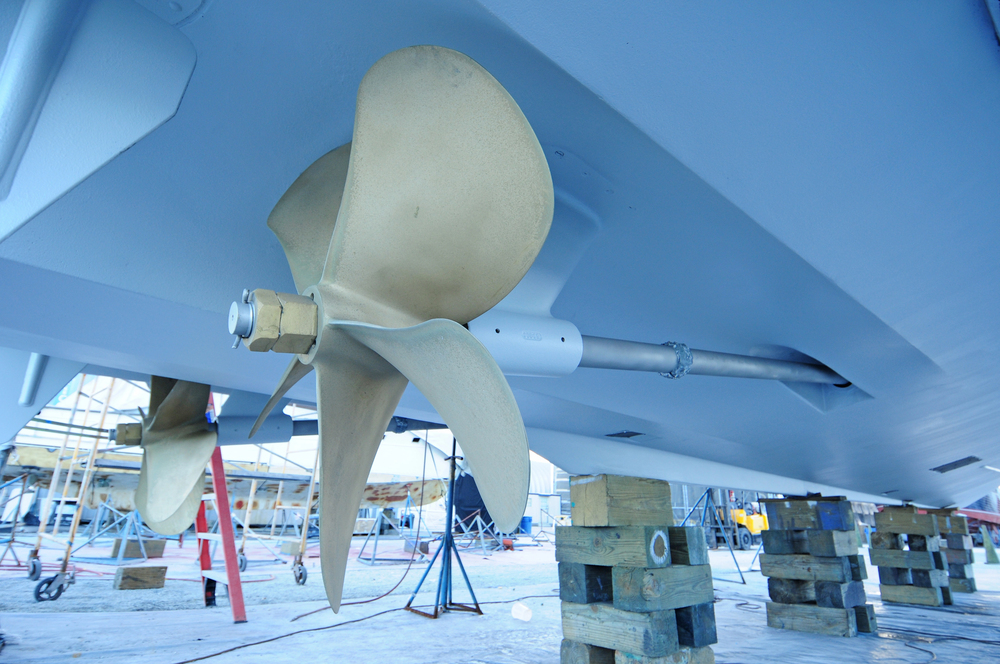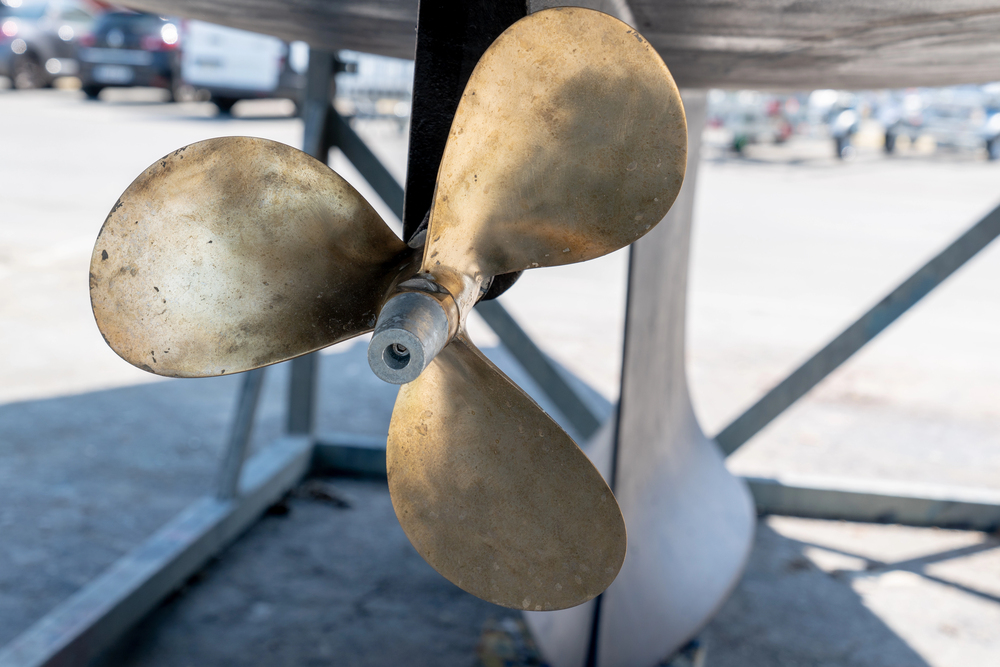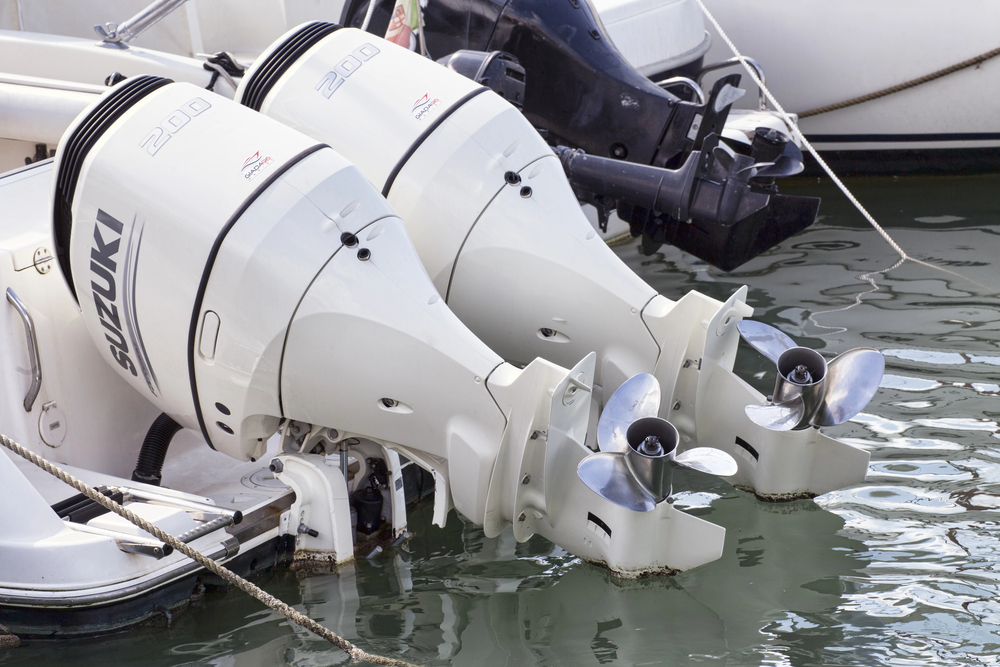There is a simple, often-overlooked truth in boating: the smoothest ride does not start with the most powerful engine, but with the cleanest hull. Imagine trying to run through a swimming pool. Now imagine trying to do it while wearing a baggy, heavy sweatshirt. That is exactly what your boat is doing every time it pushes through the water with a fouled hull. The layer of algae, barnacles, and slime that accumulates underneath is not just unsightly, it is an anchor you are paying for with every gallon of fuel.
For anyone who loves their time on the water, understanding this connection is a game-changer. Underwater hull cleaning transforms routine hull cleaning from a chore into a powerful strategy for saving money, enhancing performance, and protecting your investment. It is the most direct way to give your boat an efficiency upgrade without ever touching the engine.
What’s Really Happening Down Below?
The moment your boat’s hull touches the water, it becomes a prime piece of real estate for marine life. In warm, nutrient-rich waters, a microscopic jungle can begin to coat the surface within days. This starts as a slimy biofilm (algae and bacteria), which then invites larger tenants like barnacles and mussels to settle in and build their homes.
This is not a smooth, hydrodynamic surface anymore. It becomes a rough, textured, and uneven landscape. This roughness creates turbulence and friction as the boat moves, a force known as hydrodynamic drag. The engine now has to expend a tremendous amount of extra energy just to push this newly rough surface through the water, which directly translates to burning more fuel to maintain the same speed.
The Staggering Cost of a Dirty Hull
The numbers behind this drag are what make regular boat underwater maintenance so compelling. Studies and countless boater experiences have shown that a moderately fouled hull can lead to a 10-30% increase in fuel consumption. For a boat that burns $5,000 in fuel a season, that is up to $1,500 literally thrown overboard.
But the cost is not just in fuel. The added strain on your engine can lead to premature wear and tear. An engine constantly working under load runs hotter and endures more stress, potentially leading to earlier-than-expected servicing needs. Furthermore, that rough surface does not just slow you down; it can trap moisture and accelerate corrosion, potentially compromising the hull’s integrity over the long term and leading to more significant underwater boat repairs.
Your First Line of Defense: Antifouling Paint
A key partner in the fight against drag is a well-applied antifouling coating. Think of this paint not as a force field that completely stops growth, but as a clever deterrent. These coatings are engineered to either create a surface too slick for organisms to grip or to slowly release biocides that discourage settlement.
A quality antifouling paint significantly slows the rate of fouling, extending the time between cleanings. However, it is not a permanent solution. Eventually, a layer of slime will form, and stubborn barnacles might still find a way to attach, especially to areas like intake grates or rudder fittings. This is why a good paint job and regular cleaning work hand-in-hand. The paint reduces frequency, and the cleaning resets the clock, keeping your hull in that sweet spot of smooth, efficient operation.
The Ripple Effect of a Clean Hull
The immediate benefit of a scrub is felt at the fuel pump, but the advantages ripple out much further:
- A More Responsive Ride: The moment you leave the dock after a cleaning, you will feel the difference. The boat will plane faster, respond more quickly to the throttle, and hold its speed with less effort. Handling often improves as water flows more cleanly over the rudder and keel.
- Long-Term Value Protection: Your boat is a significant investment. Consistent cleaning prevents organic acids and tenacious barnacles from degrading the gel coat and underlying materials. By preventing this damage, you preserve the structural health and resale value of your vessel.
- Peace of Mind for Metal Components: A clean hull allows you to easily visually inspect key components. You can quickly check the status of your boat sacrificial anodes. These small but mighty parts are your underwater guardians, corroding in place of your expensive propeller, shaft, and other metals. A quick glance during a cleaning tells you if they need replacement, which is a simple, affordable step that prevents catastrophic corrosion damage.
How Often Should You Give It a Scrub?
There’s no one-size-fits-all schedule, as it depends heavily on your local environment. Water temperature, salinity, and how often you use your boat are the biggest factors.
- Warm, Saltwater Marina: This is a breeding ground for growth. Monthly inspections are wise, with cleanings likely needed every 6-12 weeks during peak season.
- Freshwater Lake: Growth is typically slower. You might get away with a thorough cleaning every 2-3 months.
- Frequent Use: Boats that are used regularly often have less growth, as motion and higher speeds can help slough off some slime.
The best approach is to get in the habit of running your hand along the waterline after a haul-out or during a swim. If it feels slimy or rough to the touch, it is already creating drag and it is time for a cleaning.
The Environmental Consideration
Today’s responsible hull cleaning practices are designed with the ecosystem in mind. Professional services use catch bags or underwater vacuums to capture the removed biological material. This prevents it from simply settling back onto the seafloor below your slip, which can smother native flora and fauna. Furthermore, by maintaining peak efficiency, your boat burns less fuel, resulting in lower emissions—a win for both your wallet and the air we breathe.
A Partnership in Preservation
Staying on top of this need not be a difficult task. For many boat owners, partnering with a professional service is the most convenient and effective solution. The team at Hull 2 Prop specializes in this exact niche, offering expert boat underwater maintenance that includes gentle yet effective cleaning to preserve your antifouling paint and thorough inspections to spot small issues before they become major projects.
Their expertise extends to underwater boat repairs and guaranteeing your boat sacrificial anodes are doing their job, offering a comprehensive approach to keeping the submerged part of your boat in ideal condition.
In the end, a clean hull is far more than just a cosmetic preference. It is the silent partner to your engine, a guardian of your wallet, and a preserver of your boating pleasure. By giving the part of your boat you rarely see a little regular attention, you make sure that every journey is as efficient, enjoyable, and affordable as possible. It is one of the smartest habits a boat owner can cultivate.







